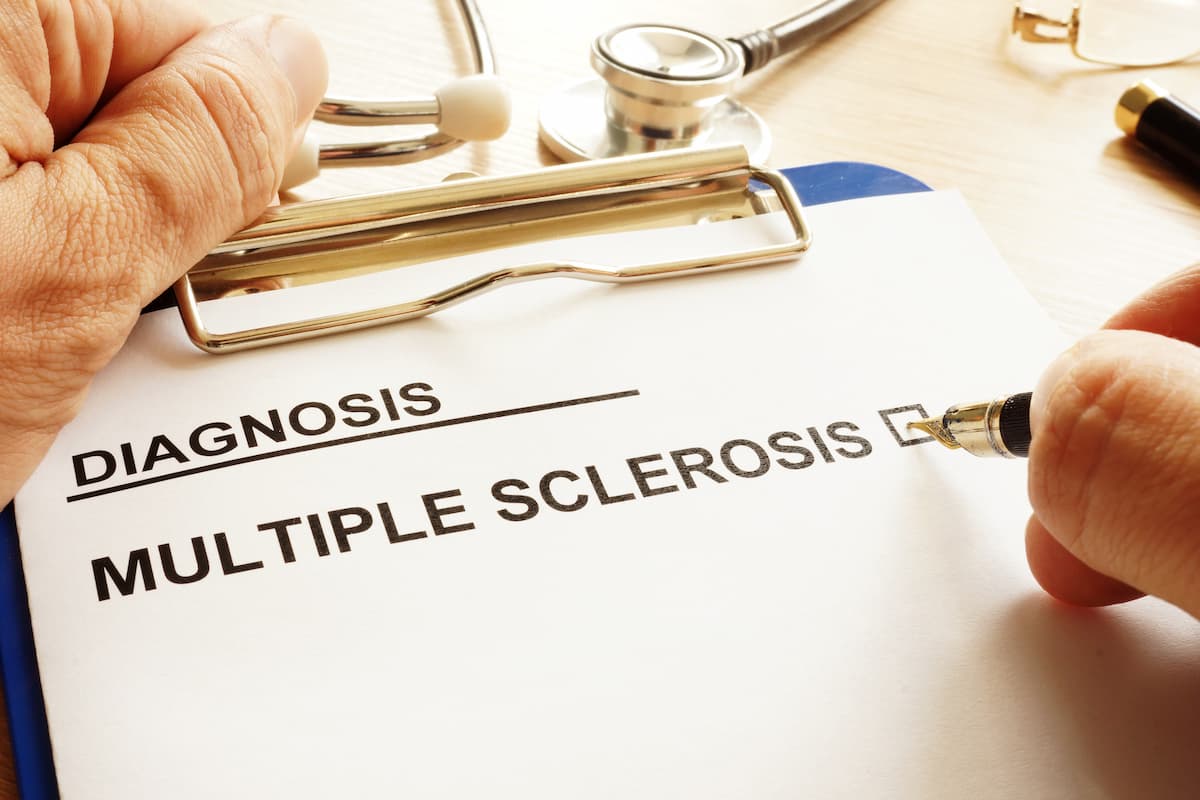Article
Extracellular Vesicles an Important Biomarker for Monitoring Response to MS Treatment
Author(s):
A study has shed new light into the role of extracellular vesicles (EVs) in multiple sclerosis (MS) and how fingolimod, an immunomodulator drug, affects EVs.
A study conducted by Sáenz-Cuesta et al has shed new light into the role of extracellular vesicles (EVs) in multiple sclerosis (MS) and how fingolimod, an immunomodulator drug, affects EVs.
The immune system of a patient with MS invokes an inflammatory response in the central nervous system (CNS), destroying myelin and damaging nerve signaling. EVs are membrane-coated particles that play a role in modulating the immune response. Disease relapse leads to an increased EV concentration, while remission periods lead to EV concentrations returning to baseline. These observations helped researchers propose that the microRNA signature from EVs could potentially be a biomarker to monitor MS.
Fingolimod (Gilenya), an immunomodulatory drug that blocks lymphocytes from leaving the lymph node, reduces the number of lymphocytes reaching the CNS. Additionally, the drug also inhibits sphingomyelinase acid, an enzyme that controls EV production. The researchers sought to determine fingolimod’s immediate effects on peripheral blood EVs of patients with MS and to attempt to understand EVs role in MS.
Patients with MS were compared with healthy patients for EV concentration, small noncoding RNA (sncRNA) content, and immunoregulatory functions. Five hours after the first dose of fingolimod, EV concentrations increased 2-fold when compared with EV concentrations pretreatment (P = .045). This was an unexpected result because fingolimod was believed to inhibit vesicular trafficking through inhibiting sphingosine. The increased EV concentrations are thought to occur because of the low inflammatory state, where more EVs with a low regulatory profile are released.
In comparing sncRNA pretreatment and 5 hours post treatment, researchers found that only 274 sncRNAs were present 5 hours post treatment compared with 277 sncRNAs pretreatment. There was also a redistribution of common scnRNAs, with 46 overexpressed (fold change >2) and 33 underexpressed (fold change < -2) posttreatment. Underexpression and overexpression of sncRNA leads to multiple biological pathways being affected, including tumor necrosis factor related apoptosis-inducing ligand (TRAIL), beta 1 integrin, epidermal growth factor receptor (EGFR), Arf6 signaling, and S1P1 pathways.
Regarding immunoregulatory functions, EVs were shown to partially inhibit lymphocyte activation in patients prior to treatment with fingolimod, untreated patients with MS, healthy patients, and patients treated with fingolimod at 5 hours post dose. Untreated patients with MS, healthy patients, and patients who had not yet taken their first dose of fingolimod had similar inhibition of lymphocytes, while patients treated with fingolimod at 5 hours postdose had lower inhibition effects from EVs. The lower inhibition effects from EVs after fingolimod is thought to be from the decreased the number of circulating lymphocytes, thus explaining why there would be lower effect from EVs.
This study’s results suggest that EVs play an essential role in MS and may be a useful biomarker for early treatment monitoring. As more drugs come into development for treating MS, this study can be replicated in those drugs and help improve the understanding of EVs and their purpose in MS.
Reference
Sáenz-Cuesta M, Alberro A, Muñoz-Culla M, et al. The first dose of fingolimod affects circulating extracellular vesicles in multiple sclerosis patients. Int J Mol Sci. 2018;19(8):2448. doi:10.3390/ijms19082448.









